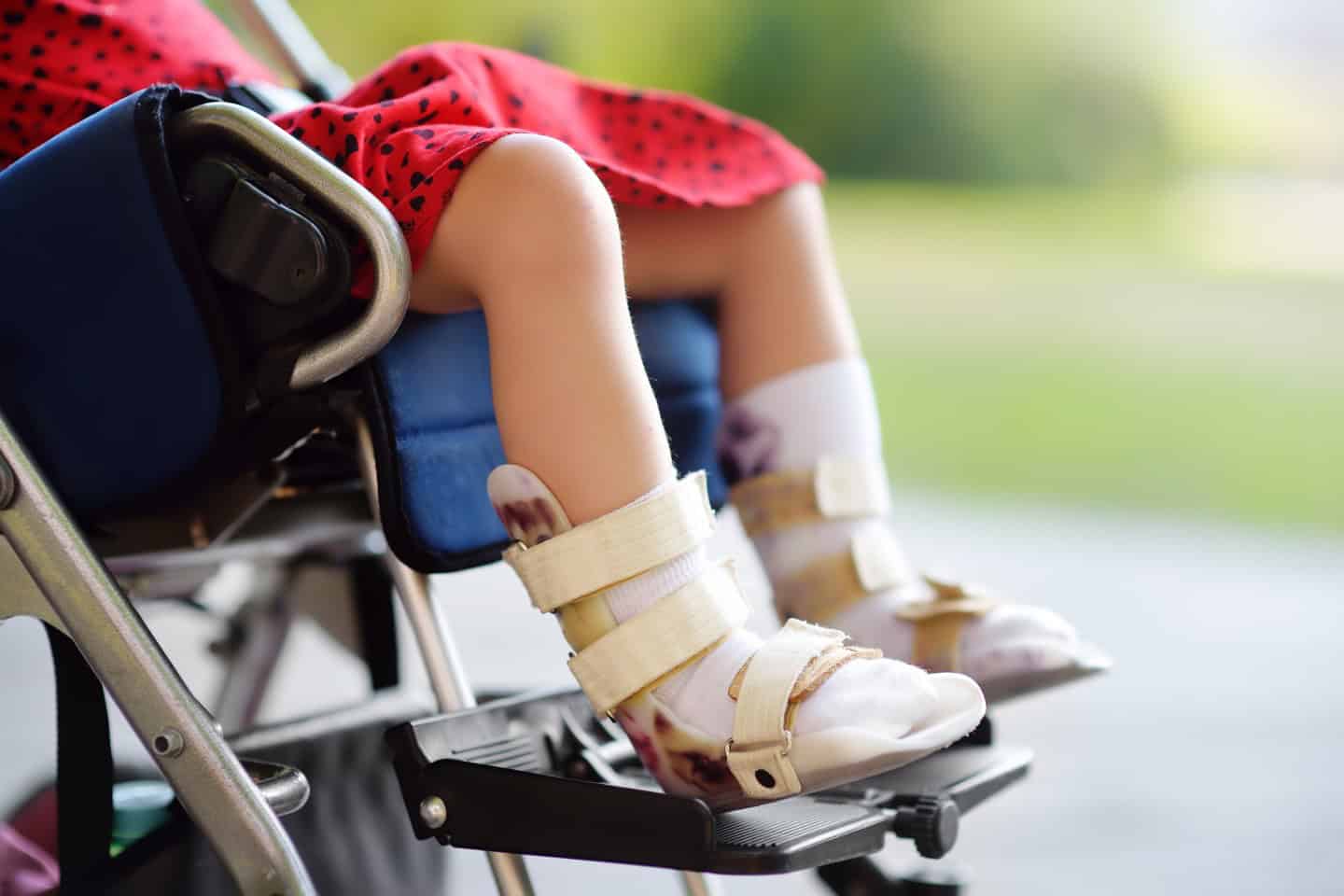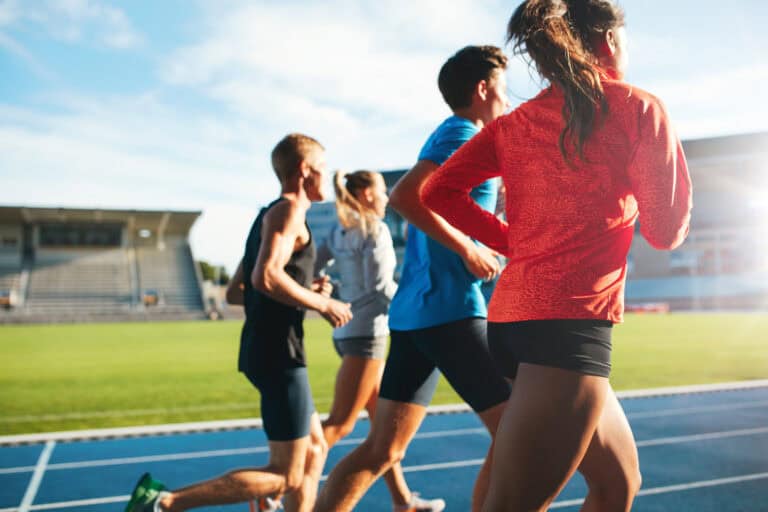
Exoskeletons for Cerebral Palsy
New research
As a member of the child brain injury team at Bolt Burdon Kemp, it is always exciting for me to see innovation in treatments for children with brain injuries, and recently some new research has been funded which promises almost space-age treatments. A research group in America, based in Northern Arizona University’s Department of Mechanical Engineering, has been granted over $2 million to explore the use of exoskeletons in treating gait dysfunction.
Why exoskeletons?
Many children with Cerebral Palsy (CP) have weak and/or poorly co-ordinated plantar flexors, as a result of their CP. The plantar flexor is the muscle in the foot which moves the foot up and down. Weakness in the plantar flexor contributes significantly to gait dysfunction, as the plantar flexor is meant to provide about 50% of the force used while walking. It has been historically difficult to remedy weakness in the muscle as a result of CP; surgery has been somewhat effective, but cannot treat the underlying problem, and physical therapy techniques which focus on strengthening the muscle are limited in their effectiveness as it is difficult to replicate the movement and load of walking without actually walking. Current research indicates that while strengthening the muscle is beneficial, it is vital for a child with CP to be able to practice actually walking in order to gain or improve the motor functions used while walking – which is an issue, if walking is extremely fatiguing, or if there is significant gait dysfunction.
That is where exoskeletons come in. The prototypes are essentially robot legs, into which the child’s legs are slotted, and then the robotic legs sense the gait of the child and provide resistance as the child walks. The exoskeleton provides support as well, but the point of the system is to train the muscles in the calf and foot in order to strengthen them while they go through the motions of walking. This makes walking into an effective resistance exercise, which will strengthen the muscle precisely as it needs to be strengthened, in order for the child to improve their gait and stamina.
Current research
To date, studies on the efficacy of exoskeletons have been extremely limited in scope. The first only had two subjects, both male, aged 9 and 13, but the success of this first study prompted follow up work in a mixed-sex group of six volunteers aged 12-17. During the second study, the participants had four or five sessions with the exoskeletons lasting about twenty minutes each. Muscle activity in the leg more affected by CP was measured before and after the sessions, and showed an average increase of about 45%. Additionally, there was a decrease in muscle activity in the tibialis anterior (the muscle in the front of the calf). This decrease suggests that the exoskeletons may assist with a reduction of co-contraction, where muscles work in opposing pairs to stabilise a joint. Children with CP often exhibit higher than normal instances of co-contraction while walking, which is suspected to be another cause of issues with gait. In contrast, muscle activity in the leg less affected by CP was broadly unchanged, perhaps suggesting that the exoskeletons allow for targeted strengthening of the muscles.
Next steps (pun intended!)
In light of this research, which although exciting is extremely limited, there is the news of a significant research project to be undertaken by Zach Lerner, assistant professor in Northern Arizona University’s Department of Mechanical Engineering, and his team. Lerner was granted $2.1million by National Institutes of Health’s Eunice Kennedy Shriver National Institute of Child Health & Human Development, in order to investigate two specific hypotheses relating to the use of exoskeletons as a form of physical therapy: (1) that targeted ankle resistance training will produce larger improvements in lower-extremity motor control, gait mechanics and clinical measures of mobility compared to standard physical therapy and standard gait training, and (2) that adaptive ankle assistance will result in significantly greater capacity and performance compared to walking with ankle foot orthoses and walking wearing just shoes. Essentially, the project will see what benefits exoskeletons provide, and how these benefits compare to the existing physical therapy and exercise options. This grant is sizable in terms of the scope of the research to date, and will allow Lerner and his team to conduct a five-year clinical trial. A study of this scale will also enable analysis of variations in responses from different age and gender groups, as well as comparisons for different levels of severity of CP, or severity of gait and walking issues. Lerner aims to establish a general knowledge base for this kind of therapy, which will inform further developments as the field progresses.
The exoskeleton that Lerner will be studying is one developed by his own team of biomechanical scientists. It is focused on the ankle, and aims to provide stability to the child as well as resistance while walking to strengthen the muscles. It is designed to be a light-weight, reasonably portable device, which could be used at home for daily exercise. Treatment options which are easy to use and transport are much more likely to be helpful for children with CP, and much more likely to result in long-term benefits. Exoskeletons to support walking specifically would complement the existing raft of treatment options. The option to use exoskeletons at home, on an as-needed or when possible basis, would increase the time a child could spend accessing physical therapy, as well as allowing their family to be more involved in their care without impacting significantly on their family time. For many of our clients, walking is something which we need to consider several different treatments options – from specialised insoles to regular physiotherapy. Having an additional option, and one as flexible as the exoskeletons could be, would be really beneficial.
Although this research is still in very early stages, it is always exciting to see new developments which could improve the lives and outcomes of children with CP. Children with CP and their families and support networks go through so much, including a lot of therapy sessions and medical appointments; my colleagues and I work tirelessly to ensure our clients have the best outcomes possible so it is wonderful to see more work being done which could potentially improve the lives of children with cerebral palsy.










